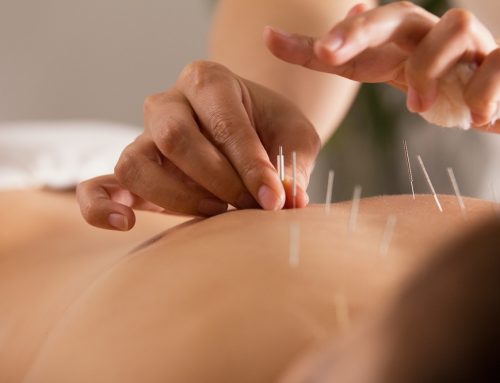Cutting is a form of self-injury. Small cuts are made on the body, usually the arms and legs, hidden by sleeves and pant legs. For many kids, cutting helps control emotional pain.
Who cuts?
Karen Conterio, author of the book Bodily Harm, notes, “Self-harm typically starts at about age 14. But in recent years we’ve been seeing kids as young as 11 or 12. As more and more kids become aware of it, more kids are trying it.” Here’s what you should know:
· The problem is common among girls, though boys do it, as well.
· It is an accepted part of the “Goth” culture. Though being Goth doesn’t necessarily signal unhappiness, and may just be a desirer to be part of an alternative culture.
· Kids who self-harm often have an eating disorder.
· A history of sexual, physical, or verbal abuse may exist.
· Sensitive, perfectionistic overachievers self-harm to combat a sense of failure and regain control.
· Self-injury may indicate psychiatric problems(BPD, anxiety disorder, bipolar disorder, schizophrenia)
· OR kids who self-injure may just be “regular kids” experimenting and searching for self-identity.
What to Look For
- Small, linear cuts. Words like “loser” cut superficially into skin.
- Unexplained, regular appearance of cuts and scratches.
- Mood, behavior, and communication changes. Coping with everyday stresses is problematic.
- Cutting typically escalates over time with less provocation.
What to Do
· Parents should be calm and direct. Make child aware that they see what’s happening
· Seek out the help of a psychotherapist.
· Consider whether an inpatient program is necessary.
Healing starts when kids are ready to heal. “Our goal is to get them to communicate what’s wrong. Babies don’t have the capacity for language, so they use behavior. These adolescents regress to that preverbal state when they self-harm,” says Dr. Conterio. Self-harming stops when kids learn to explore their emotions and face their problems. Assisting their search for self-respect and self-esteem is the treatment goal.
Read the full article here: Cutting & Self-Harm: Warning Signs and Treatment



